[juicebox gallery_id=”143″]
On a late spring day, I sat alone on the patio of a restaurant in Livigno, Italy, with a copy of The New Yorker, a tall beer and a pizza. Through my sunglasses, the magazine was still too bright to read. It was basically a prop so I didn’t feel embarrassed to be eating by myself. A bag full of freshly purchased camera gear sat on the table, and the items inside, thanks to the duty- free status of Livigno, had cost me less than they would have back in America. The pizza was a real gem too. Almost round but just misshapen enough to show that it was tossed by hand. Black bubbles of dough burned in a hot, wood-fired oven. A couple subtle sprigs of basil. Cheese dripping just enough oil to remind me that pizza is the best meal ever. A fork and a knife let me cut pieces as I desired, no 8-inch wide slices to fold over and jam into my face.
I finished the pizza and leaned back against the wooden bench. I ordered a coffee, which came out as a small, strong black drink with just a tube of sugar— nothing to excess, just what I needed before heading back up the mountain. Well, perhaps the sun I caught during the leisurely meal was excessive. And, at least in my mind, the bus driver was too aggressive as he whipped me back up switchback after narrow switchback to the hotel. But I made it and I grabbed the rest of my camera gear. Soon after, the sun was low enough that I didn’t worry about burning my face further and the fear of the bus ride subsided enough that I could focus on shooting photos of the best skiers in the world as they jumped over the Nine Knights castle.
It’s time to change the way American skiers think about Europe. A lot of folks want to explore the steep, narrow couloirs of Chamonix or hit St. Anton to rip lift-accessed pow laps. The hit-and-miss nature of going anywhere (except, maybe, Japan or heliskiing in the British Columbia Interior) for powder is daunting. On the other hand, why would you go to Europe “just” to ski park? Let me try to convince you.
Before talking more about why you should head to Europe without worrying about powder or steeps or crevasses or die-if-you-fall skiing, let’s dive into what Nine Knights is. For the average skier, it’s not your norm. It isn’t trying to get from the top of the hill to the bottom faster than anyone else. Do that and, fine, you win. It isn’t spinning more times and landing cleaner. Great, you nailed your triple and you win. Of all the people who ski every year, only a couple hundred go fastest. And when it comes to freeskiing in the competition realm, maybe 50 skiers each winter spin so many times and land clean enough to win a high-level contest. This is something else.
“I wanted to combine all the strengths from the event and erase the weaknesses,” explains Nine Knights’ founder, Nico Zacek. As his career as a professional skier wound down, Zacek wanted to stay involved with the ski world. Suddenly, he had done something that the industry greatly needed. “The result was an event that gave skiers, filmers and photographers a lot of time to progress the sport on all kinds of levels,” he says. “We decided to invest most of the prize money into building features instead [of giving more away to competitors].”
And so, for the last seven years, five or so days of each winter see a large group of skiers gather at a castle made of snow. The skiers jump through and over the castle. Photographers take pictures of them as the sun settles below the mountains. Filmers lie in the snow to get the perfect angle as athletes stomp tricks that haven’t been done before. And yes, it really is a castle, with jump takeoffs and landings on each edge—a mound of snow shaped for skiers to do tricks and for the surrounding media to make their art. At the end, edits and photos are shared, and a big-air contest takes place so that a couple skiers come away with some money for rent or drinks.
“Freeskiing is getting way too serious,” says Laurent “Lolo” Favre, who has been at each edition of Nine Knights save the first. “[That’s] a reason why I quit [competing] last year. Nico brings one of the sickest setups every year. He invites all the newcomers plus the big names and some old guys like me to just ride the whole jump for a week so we get used to it. We can shred it perfectly and [have] a little big- air event the last day. But it’s just a big session on a perfect setup without pressure.”
For outsiders, the event produces copious, amazing video clips and even more photos of the skiers we all want to see, tricking their way over a jagged backdrop of European peaks. The spreading of freeskiing to the world via this media is certainly a benefit for all. Better yet, when you put a couple dozen skiers on a combination feature like this, progression of the sport is propelled to new heights.
“The hardest thing is to not do anything too crazy,” says Jesper Tjäder, who was, hands down, the winner of the 2014 iteration of Nine Knights. That is an ironic statement, since everyone came away winning, but his nutso double backflip, transferring over a full- sized halfpipe and covering some 120 feet of air in total can’t be described by any other term. “I like to ski with so many good skiers. Everybody is doing crazy stuff all the time, and that makes me pumped to try new tricks.”
Great, a bunch of hyper-talented skiers gather together on a mega-sweet set of features and do extra cool tricks. Show me the footage. Toss aside the whole idea of going on a powder or scary-steep ski mission in Europe. Only think about going on a trip to ski park. The world has changed and terrain parks across the globe aren’t all that different. Lets just say that when there isn’t a bunch of fresh powder, skiing is mega-fun when you can catch some air off a jump and then slide down a piece of metal. Which brings us back to the point: why choose one in Europe?
“Well, let me think about it,” says Zacek. “First, there is pizza. then it’s a lot of amazing people that are frothing for action sports, then also pizza. Somehow we have some of the best beer in the world. Also, the pizza.”
Right. Right. The food in Italy (and the rest of Europe) is amazing. We get it. Hang with me though. Why waste money backpacking around sweaty Europe in the summer, when everybody and their cousin is stacking up in a hostel? Originally, the duty-free status of Livigno was in part to spur winter visitors to brave the trek into a valley with only three roads that lead into it. But today, the worst you’ll deal with is a slow snowplow or waiting at a one-way tunnel. The town is basically equidistant from Zurich and Milan, so a careful travel planner can find cheap airfare into either of those international airports and be skiing three hours later— skiing a picturesque park or ripping through untouched pow.
Not to mention that from Livigno you are in spitting distance of some of the best skiing and most important cultural centers in the world. It is only an hour to St. Moritz in Switzerland or two hours to St. Anton am Arlberg in Austria. Drive three hours and you’re in Milan or Zurich. “You can feel the different culture and the different vibes everywhere [in Europe],” explains Roy Kittler. “The people are so influenced by where they ski. If you have down days, you can check out different cities and different cultures. The old parts of the towns—Zurich, Innsbruck, Milano, Salzburg—are really amazing.”
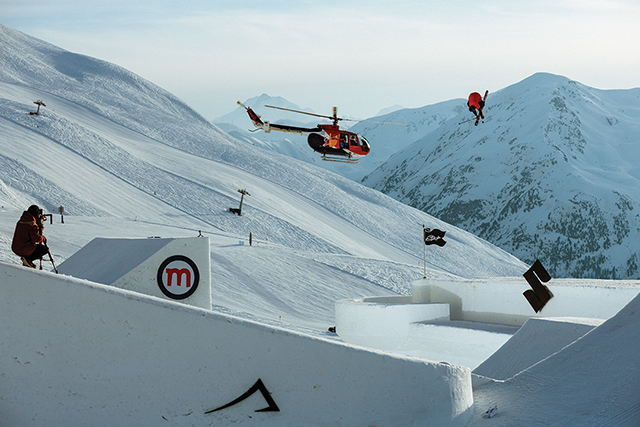
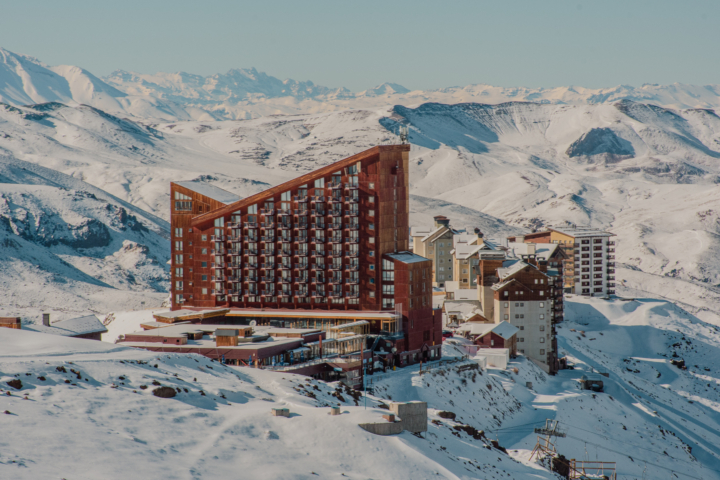


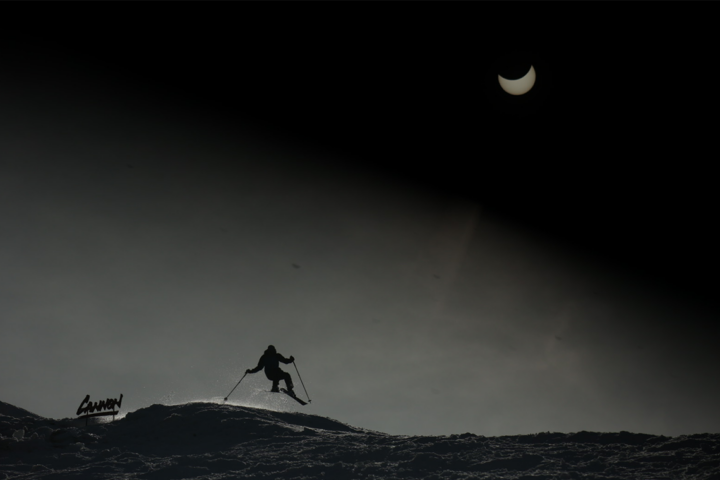


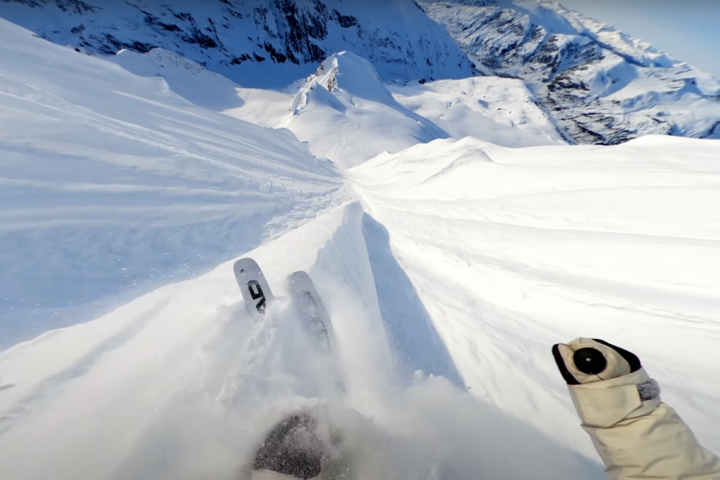

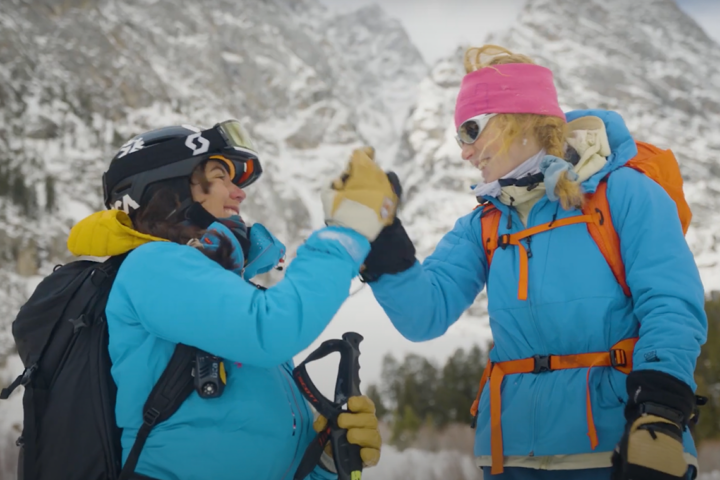
2 thoughts on “Castles made of snow: doing it big and doing it right, across the pond”
Comments are closed.